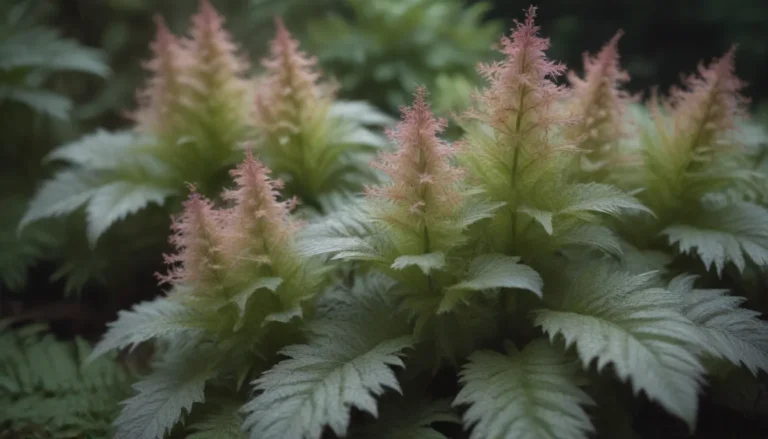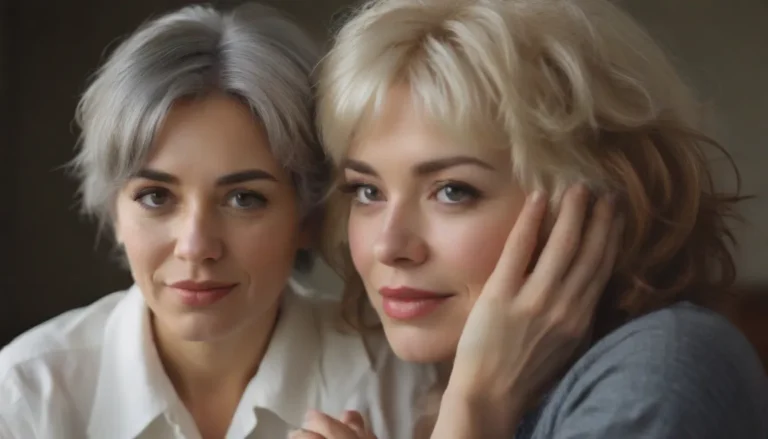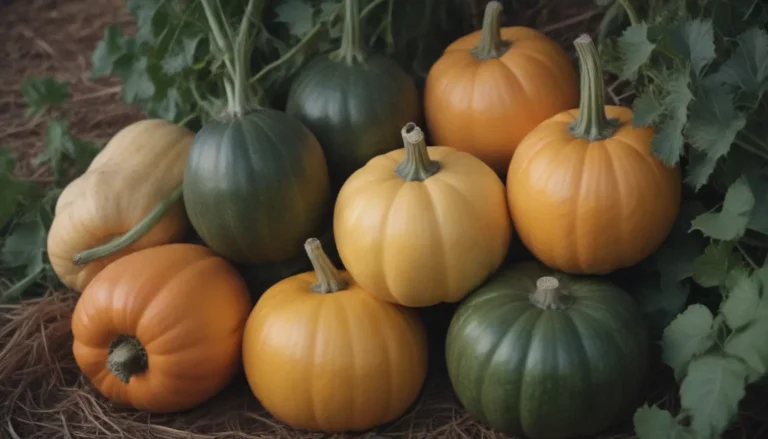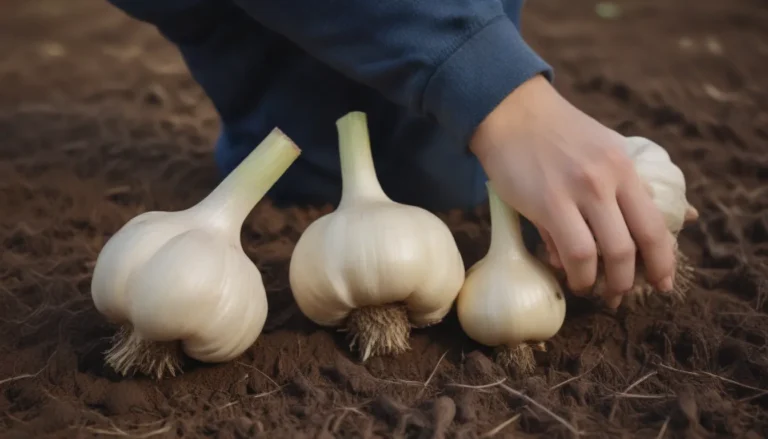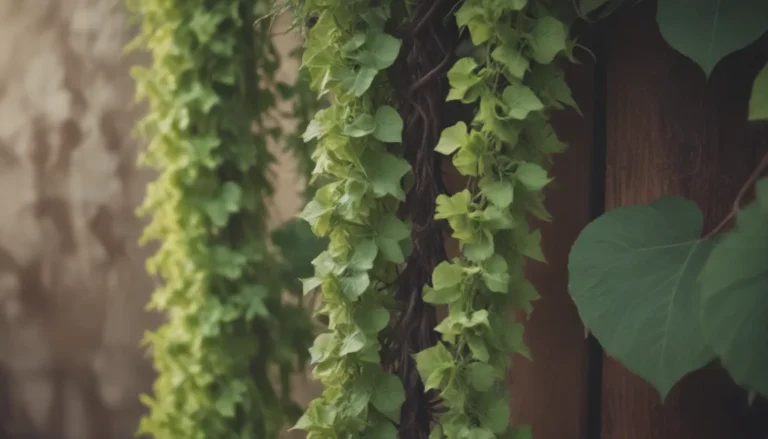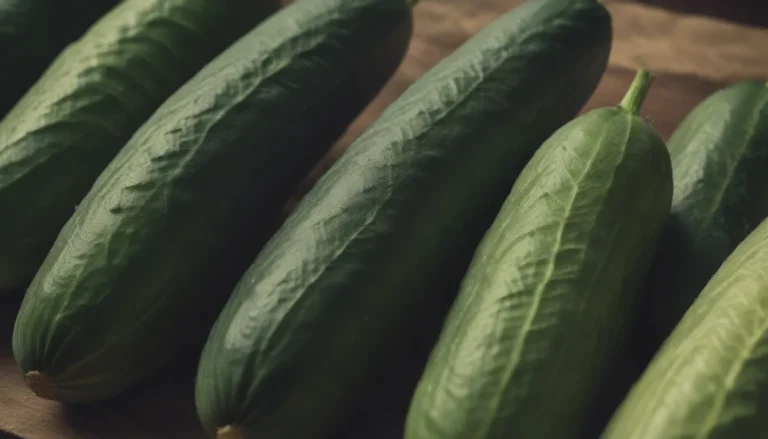Growing Plants Indoors: The Ultimate Guide to Using LED Lights
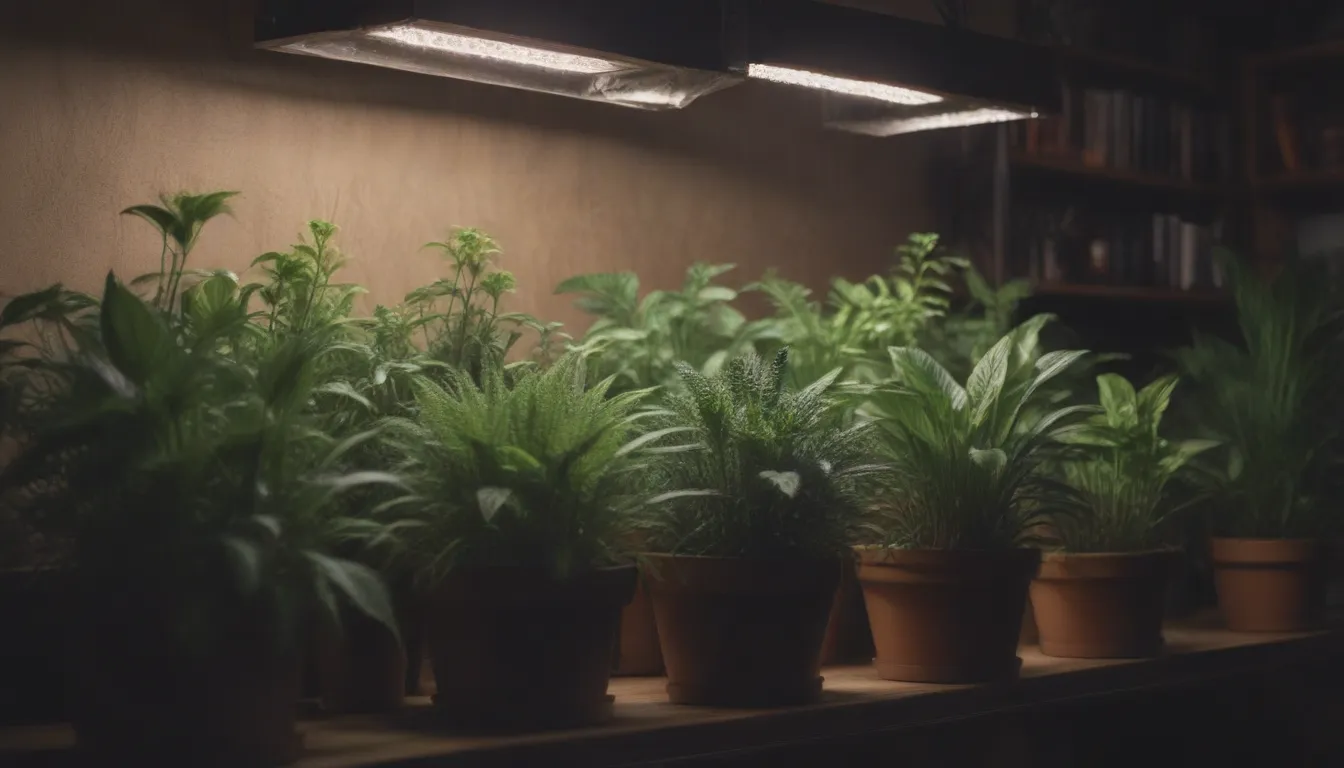
Are you a plant lover but struggle with a lack of natural light in your home? Your LED lights might just be the solution you’ve been looking for. Plants, even those labeled as low-light plants, require adequate light to thrive and grow. Artificial grow lights can help provide the necessary light spectrum that plants need for photosynthesis. But can you use regular LED lights or do you need to invest in specialized LED grow lights? Let’s dive into the world of indoor gardening and explore the possibilities of growing plants with LED lights.
Understanding LED Lights
Before we delve into the specifics of using LED lights for plant growth, let’s understand what LED lights are. Lorenzo Cadoux-Hudson explains, “LED is a semiconductor device that emits light when an electrical current is passed through it.” LED technology has evolved over the years, becoming more energy-efficient and cost-effective, making it a popular choice for general lighting purposes.
Regular LED Light vs. LED Grow Light
When it comes to growing plants indoors, the main difference between regular LED lights and LED grow lights lies in the wavelengths of light they emit. Justin Hancock emphasizes, “LED grow lights produce a wider spectrum of wavelengths than traditional LED or fluorescent lights. They are also more intense, producing more lumens per square foot.”
Seedlings and young plants typically require 50 to 75 lumens per square foot, while larger plants may need higher lumens depending on their growth stage. LED grow lights are designed to mimic the natural sunlight spectrum, including essential wavelengths such as blue and red light. These specific spectrums aid in photosynthesis and plant growth, unlike regular LED lights that are primarily used for illumination.
Key Differences:
– LED grow lights offer a wider spectrum of light wavelengths
– They produce more lumens per square foot compared to regular LED lights
– Specific wavelengths in LED grow lights aid in photosynthesis and plant growth
Can You Use Regular LED Lights for Plants?
While LED grow lights are recommended for optimal plant growth, you may be wondering if regular LED lights can suffice. In a setting where natural light is limited, it is not advisable to solely rely on regular LED lights for plant growth. Over time, plants may show signs of light deprivation and struggle to thrive.
However, if you happen to have a full-spectrum LED light with high light intensity, such as a workshop light, it can potentially serve as a suitable alternative for plant growth. Hancock suggests, “Your plant won’t mind if it’s not a specially designed plant light, as long as it provides the necessary light spectrum for photosynthesis.”
Selecting the Right Grow Light
When choosing an LED light for your indoor plants, look for one that has a PAR spectrum (Photosynthetically Active Radiation) ranging from 400 to 700 nanometers. This spectrum mimics natural sunlight and is essential for photosynthesis. Pay attention to the wattage and lumens of the LED light, as these factors impact the light intensity and coverage for your plants.
Tips for Using Grow Lights
Here are some helpful tips for effectively using grow lights to nurture your indoor plants:
– Assess Light Requirements: Determine the light requirements of each plant and supplement with grow lights as needed.
– Light Duration: Provide plants with 4 to 16 hours of light per day, depending on their light needs and natural light exposure.
– Starting Seeds Indoors: Use grow lights to start seeds indoors, especially for seeds that require light for germination and healthy seedling growth.
In conclusion, while LED grow lights are the ideal choice for indoor plant growth, regular LED lights with the right spectrum can also support plant development. By understanding the light requirements of your plants and utilizing grow lights effectively, you can create a thriving indoor garden that flourishes under artificial lighting. Invest in quality LED lights tailored to plant growth and watch your indoor oasis come to life. Happy gardening!
